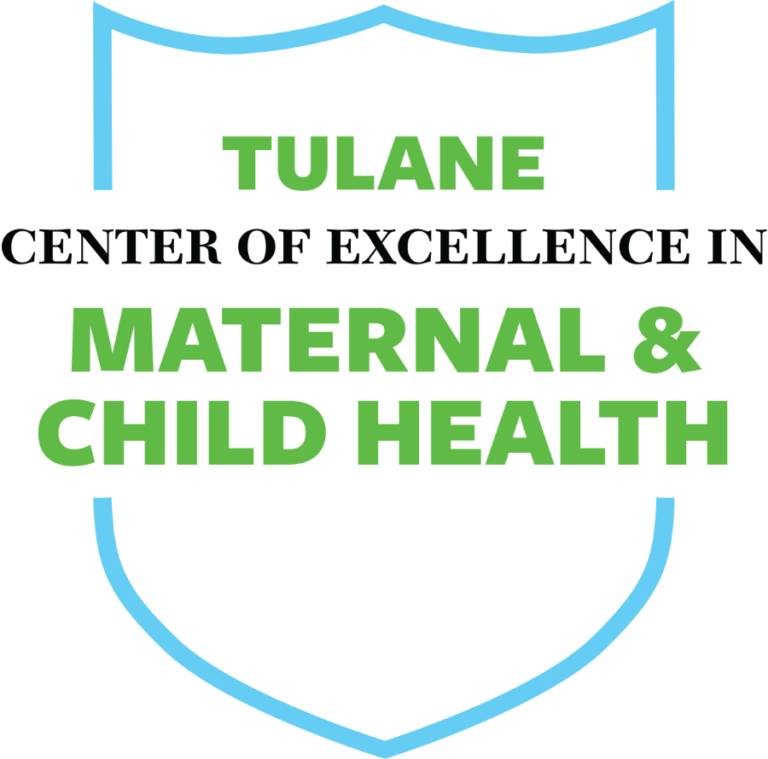Several of our MPH students attended the annual meeting of the Association of Maternal and Child Health Programs (AMCHP) in April, in Washington, D.C. What follows is a post from one of these attendees.
By Sylvia Adjei, BA
Attending a public health centered conference felt like one of the milestones that every public health student has to experience before graduating and venturing out into the real world. With this notion, I jumped at the opportunity to attend the AMCHP conference. As a first time attendee of a conference focused on the field of public health, I did not know what to expect. Were the attendees going to be public health gurus too high up to even engage with the emerging young public health professionals like myself? Would the topics discussed in the sessions be too complex for my mind to comprehend, yet the fear of not wanting to sound unaware prevent me from asking clarifying questions? These and so much more were the questions that I replayed constantly until my first day at AMCHP.
During my first session, “Building a Multisector Approach to Reducing Infant Mortality,” the uneasiness that I felt prior to the conference began to fade away. I realized, each person in the room, as learned as they are, still thirst for new knowledge and information to take back to their states and cities to shape their public health practices. I learned from the session presenters that in building multisector partnership, we have to do three things: 1. Determine the priority issues, which results from having honest conversations with communities; 2. Get the right partners – the best approach is to use the life course perspective; 3. Determine how to turn it into action – either build off toolkits developed by other sectors or use design thinking to come up with innovative approaches.
This session fine-tuned some ideas that I already held regarding multisector partnerships, but it also imparted unto me some new information. Perhaps, the gem that I came across at this session and the entirety of the conference was learning about Oakland, California’s Maternal Paternal Child and Adolescent Health (MPCAH) Program. Judging by the heads that turned and the hands raised in the room, it was no secret that Oakland’s MPCAH was the first and only one in the nation. Oakland’s MPCAH program addressed a question that I have asked myself several times after choosing to concentrate in MCH. The question being, “If fathers’ involvement is important in addressing maternal and child health issues, why then have we systematically excluded fathers from initiatives addressing maternal, child and adolescent health?” Learning about the MPCAH program made me wonder how bright the future of MCH would be once we begin to shift towards the inclusion of fathers.
Sylvia Adjei is a Master of Public Health (MPH) student with a concentration in Global Maternal and Child Health, and is expected to graduate May 2016. Her interests include health equity, improving minority birth outcomes, and evaluating the impact of public health programs. In her free time, she enjoys traveling and immersing herself in new cultures, going for a walk, drinking tea, and catching up on her favorite comedy shows.
